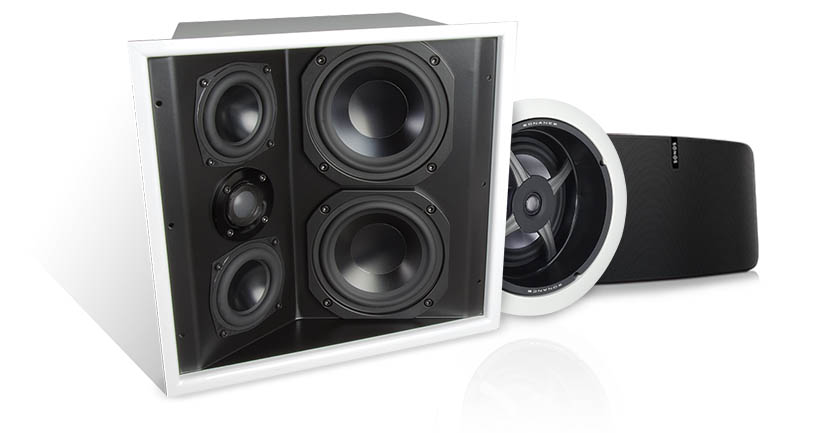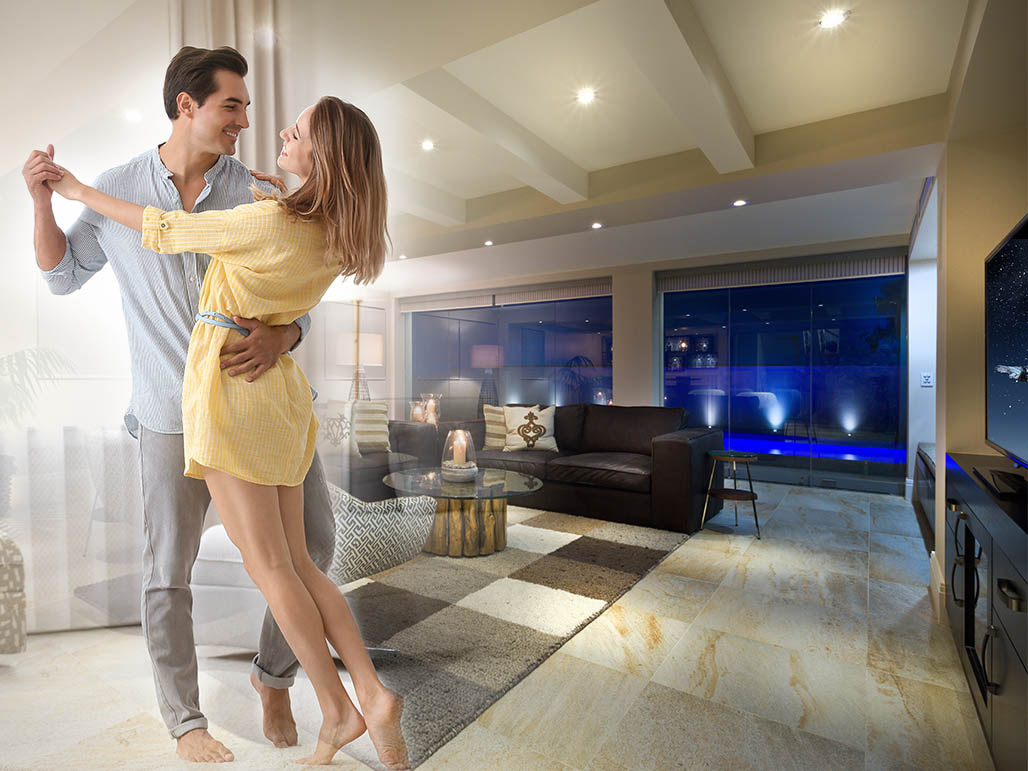Crafting a personal multi-room music system can seem like a daunting task for homeowners. However, this daunting task can be made much easier with a well-thought-out plan. And once the work is all done, you’ll find yourself snapping along to your favorite music throughout your home in no time.
With this short guide, we can help you create a checklist so you can determine the best way to map out your very own multi-room audio system.
How Many Rooms in the System?
The number one thing to figure out is how many zones in your house you want to integrate into your whole-home system. This decision alone can set the groundwork and give you an idea of the scope of installation, as well as what equipment you will need for specific areas.
- You’ll need a pair of speakers for every area you want to integrate into your system.
- Take the area’s features into consideration like room acoustics, you want to find speakers that will complement each space.
Check pre-existing connections. You may own an Audio Video receiver which can run a two-room system. Most AV receivers have multi-space features that can support a multitude of speakers and sources. Maybe your receiver doesn’t have all these extra features. Not a problem! A simple speaker selector switch can solve the issue.
- Make sure the receiver provides stable power to each speaker; if it doesn’t, it’s time for a new one.
- Help stay within your means and maintain quality by setting a strict budget.
 How Many Sources?
How Many Sources?
The next big step is to figure out how many audio sources you will need. Do you want to simultaneously stream separate sources to different zones, or broadcast the same source through the whole house? Most receivers can handle multiple zones at the same time but most can only support a single source at once. It’s important to figure out your receiver’s limits before you begin integrations.
How many people live in your home? Will they all want to stream separate things at the same time? With a single-source system, these can become issues causing tension in your house. However, with a multi-source system, these problems can be avoided entirely.
Make sure to consider all your current audio devices, including:
- Streaming media devices
- Streaming music services
- Satellite radio
- Blu-ray / DVD player
- Cable TV
- CD player / Turntable
- AM/FM tuner
Make sure to remember your budgetary and spatial limits, as more sources will increase both the complexity and cost of your setup.
A Wireless or Wired System? Or Both?
Wireless multi-room music systems are quickly catching up to wired systems through improved sound quality and control. A wireless system also provides more flexibility by allowing you to rearrange speakers with ease. Plus, you won’t have to worry about tripping over any wires!
A huge market of wireless speakers already exists today with new models released every day. Here are some things to consider:
- There are many high-quality and cheaper options besides Sonos on the market.
- Certain speakers have distinct audio footprints compared to others; use what type of music you prefer to help you decide in this regard.
- Your area layouts can help you determine which speakers you should look for the best overall experience per room.
If you’re certain you won’t be doing any redecorating anytime soon, then a wired system could be right for you. Wired systems provide a consistency and quality that is unrivaled by wireless systems.
A wired system does not mean wired control; wireless IR trigger kits are designed to integrate and control many components at once, and universal remotes can operate any IR-enabled devices. Two devices that are skyrocketing in popularity are Amazon Alexa and Google Home, which can integrate and operate audio sources with simple voice commands.
Bookshelf, Outdoor, Hidden Speakers?
The speaker you end up choosing will also have an impact on your interior design. You’ll want to select a style which compliments the room’s aesthetic. Style, size, and location matter. You may not want to see a towering black monolith of a speaker next to the TV every day. Here are some things to consider:
- In-wall and in-ceiling speakers are popular because they can disappear into the background. However, the room integration can take some extra time to install, so you’ll want to be 100% certain of the speaker placement before you run wires through the wall.
- Speakers that rest on the floor or the bookshelf can be easy to relocate or replace. However, they can be bulky and take up space within the room, so figuring out their placement is key.
- Be sure to acquire subwoofers for superior bass reproduction.
Xssentials strives to help you figure out the aspects of your multi-room audio system. Contact us today so that we can review your requirements and provide a quote on an audio system right for you. We can even help ensure you receive professional installation help.



